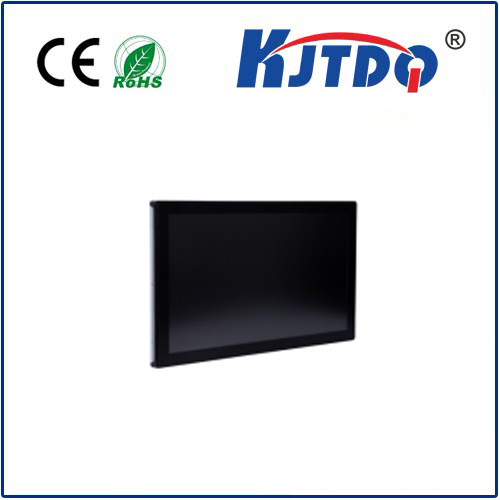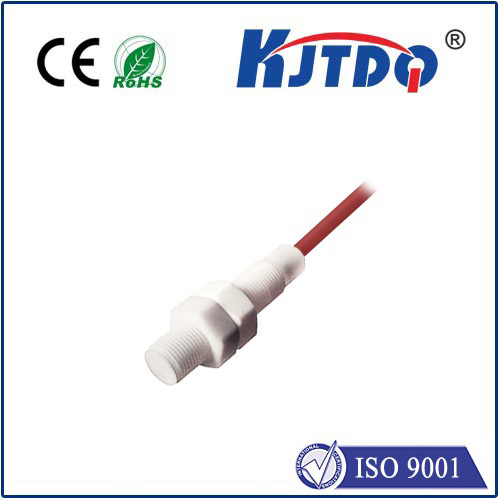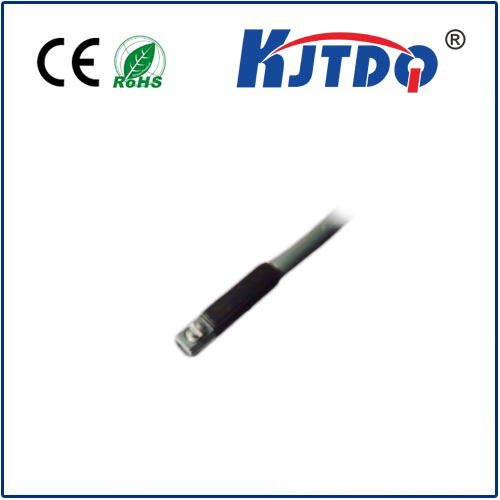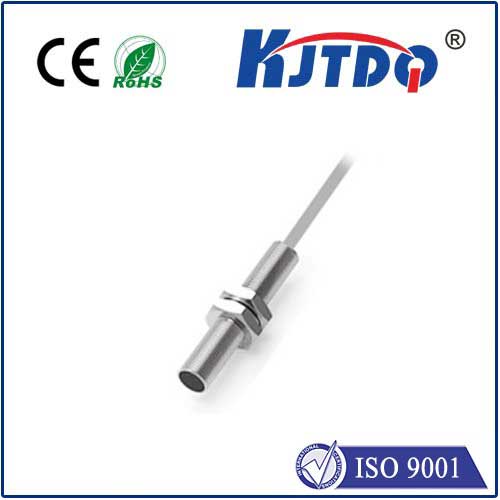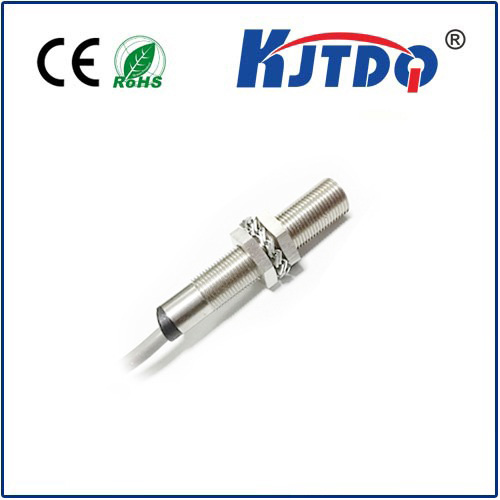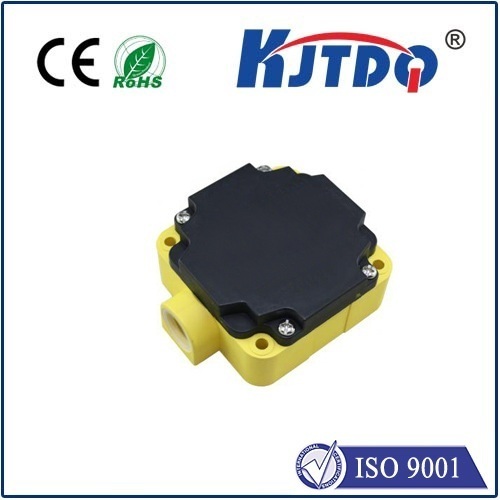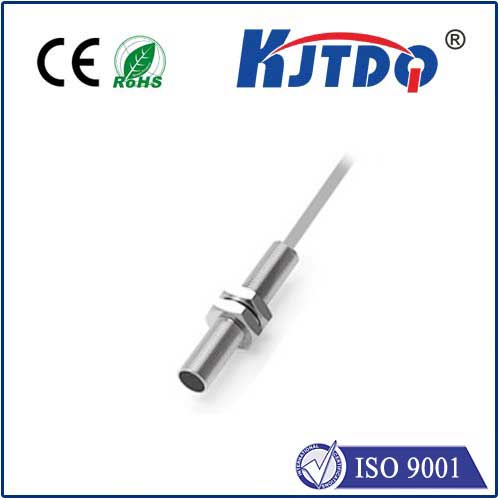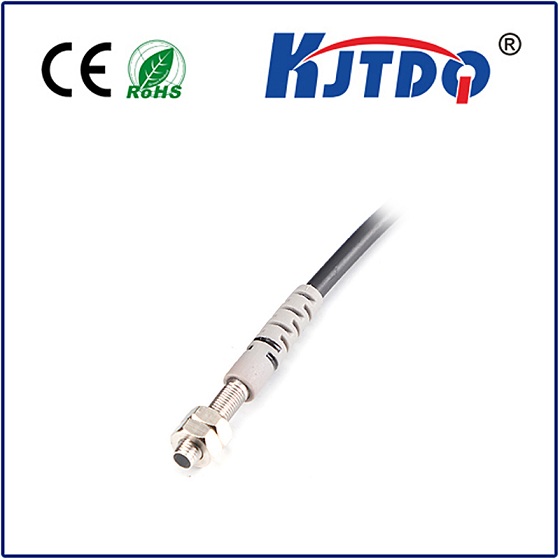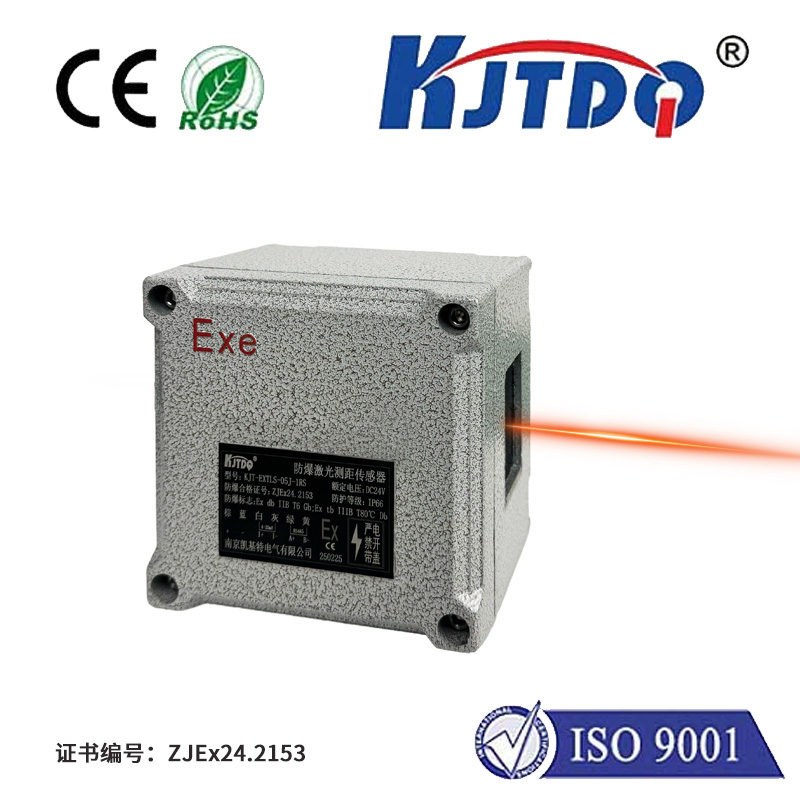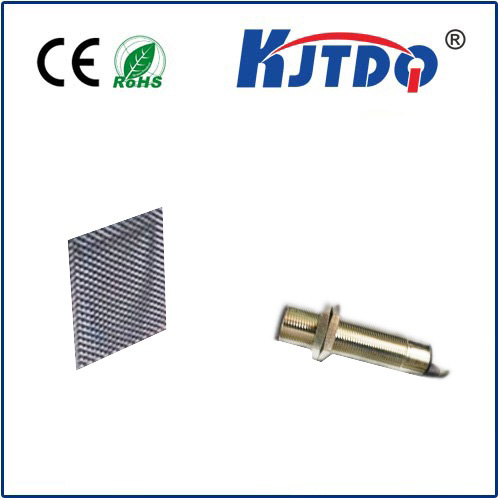

check

check

check

check
S-BFO Optical Fiber Sensor: A New Era in Sensing Technology
Optical fiber sensors have become a cornerstone of modern sensing technology, offering high sensitivity, durability, and immunity to electromagnetic interference. Among the various types of optical fiber sensors, the S-BFO (Sulfur-Boron-Fiber Oxide) sensor stands out as a promising innovation, particularly in applications requiring high precision and environmental adaptability. This article explores the principles, advantages, and potential applications of S-BFO optical fiber sensors, highlighting their unique properties and how they are reshaping the landscape of sensing technology.
The S-BFO optical fiber sensor operates based on the physical and chemical interactions between the S-BFO composite and the surrounding environment. The core of the sensor is a fiber coated with a thin layer of S-BFO material, which changes its optical properties in response to external stimuli such as temperature, pressure, and chemical concentration. This dynamic response allows the sensor to detect and measure various parameters with remarkable accuracy and speed.

One of the key advantages of S-BFO sensors is their high sensitivity and low response time. Unlike traditional sensors that may require complex signal processing, S-BFO sensors can provide real-time data, making them ideal for applications in industrial monitoring, environmental sensing, and healthcare. Additionally, the material is highly stable under a wide range of temperatures and humidity levels, ensuring reliable performance even in harsh conditions. This stability is crucial in environments where traditional sensors might fail or degrade over time.
Another significant feature of S-BFO optical fiber sensors is their compatibility with existing fiber optic networks. Since optical fiber sensors are already widely used in communication and data transmission systems, integrating S-BFO sensors into these networks is a practical and cost-effective solution. This compatibility not only enhances the versatility of the sensors but also simplifies their deployment and maintenance.
In terms of applications, S-BFO optical fiber sensors are being explored for use in multiple fields. In environmental monitoring, they can detect pollutants and gas concentrations with high precision, helping to improve air quality and environmental protection. In industrial settings, they are used for temperature and pressure monitoring, enabling real-time control and optimization of processes. In healthcare, these sensors are being developed for non-invasive monitoring of physiological parameters, offering new possibilities for patient monitoring and diagnostics.
The development of S-BFO optical fiber sensors is also driven by advancements in material science and nanotechnology. Researchers are continuously improving the performance of S-BFO materials, enhancing their sensitivity and durability. These innovations are paving the way for more advanced applications and broader adoption of S-BFO sensors in various industries.
In conclusion, the S-BFO optical fiber sensor represents a significant advancement in sensing technology, combining high sensitivity, stability, and compatibility with existing systems. As research continues, the potential applications of S-BFO sensors are expanding, promising a future where real-time, accurate, and reliable sensing is the norm. With ongoing improvements in material science and engineering, the S-BFO sensor is set to play a vital role in shaping the next generation of sensing technologies.
